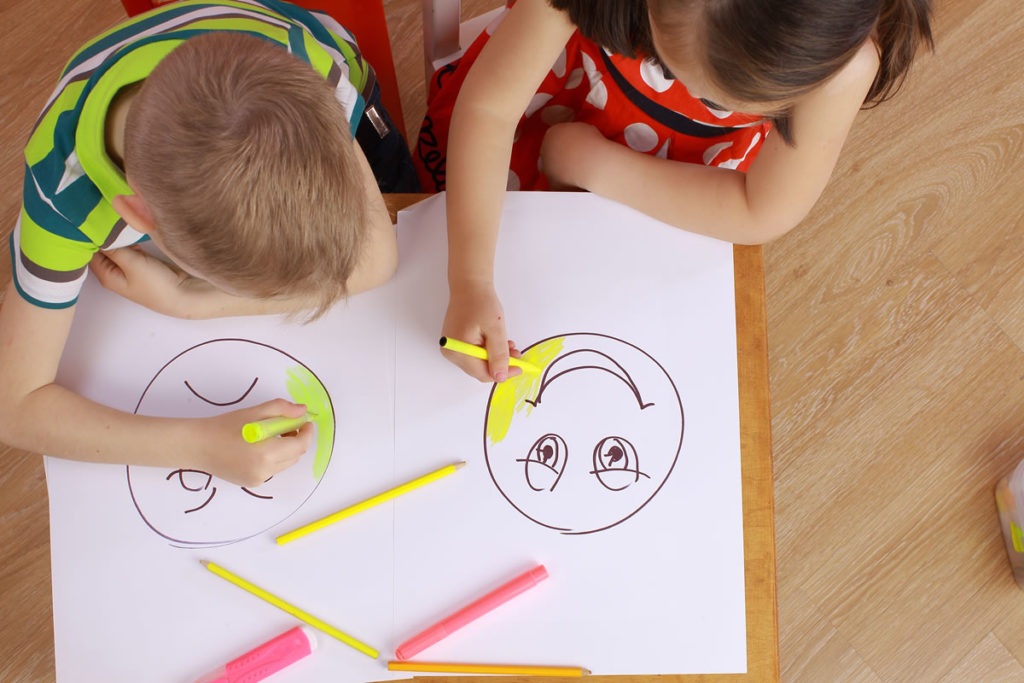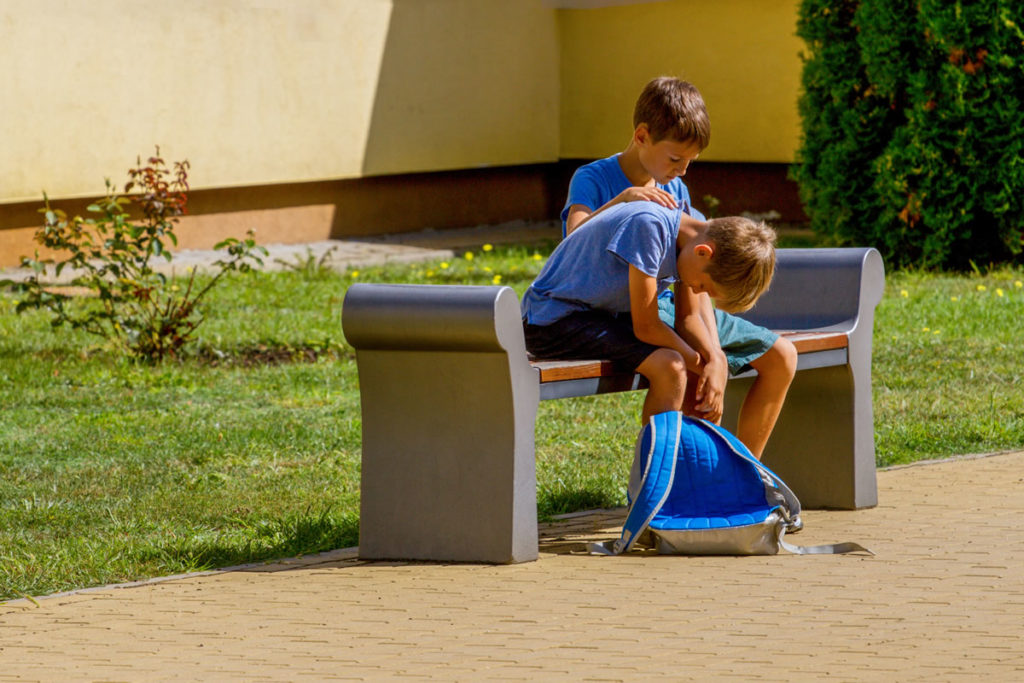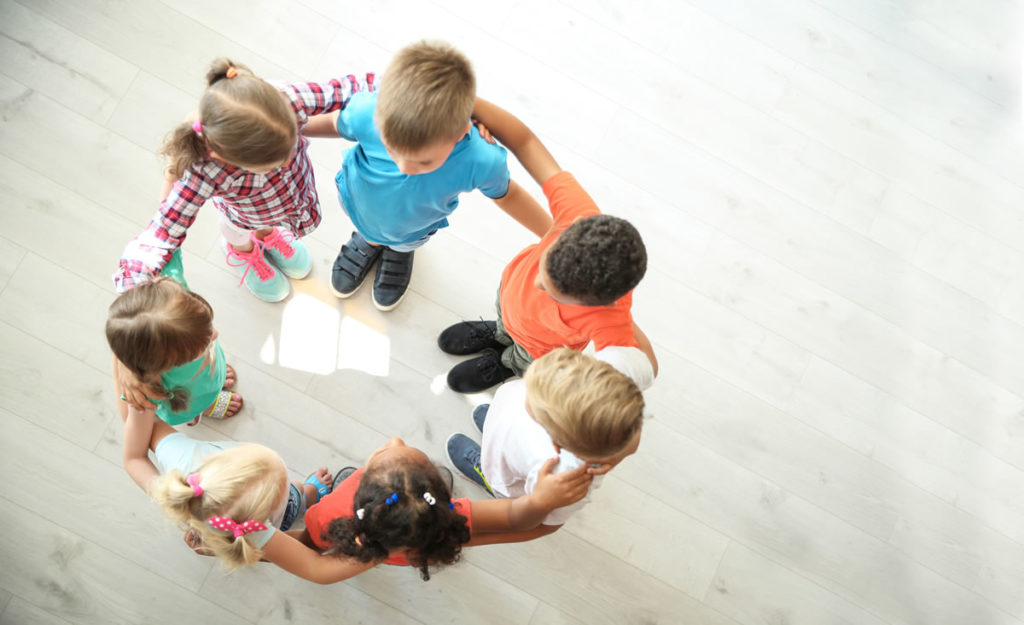The word “discipline” can have different meanings, and is often understood as a way of “punishing children in order for them to behave”. Another way of defining discipline that is much more positive, however, is to “ teach children or students to behave responsibly ”.
Many of the approaches to discipline that are used in education focus on punishing students and using rewards to influence their behavior in the classroom. But, since discipline problems are often cited as one of the most challenging for teachers today, we may need to seek other approaches and rethink the concept of discipline . Consequently, approaching discipline from the perspective of “teaching students to behave responsibly” and not so much of punishing, can help us achieve this goal.

We can say, in this sense, that teaching students to take responsibility for their own behavior and learning can be very important, as well as respecting others, valuing individual differences or practicing fair play. There are different models that have been used successfully as curricular frameworks to help teachers structure their programs along these lines, and adapt their teaching strategies involving students in the achievement of personal and social responsibility.
A good way to teach students in this regard is to have them learn responsibility by giving them an increasing amount of responsibility and treating them carefully and seriously. It is about empowering them to take greater responsibility for their actions while teaching them other things like caring about their rights and the feelings and needs of others. And it is that considering and respecting the rights and feelings of others is essential for the achievement of social welfare. In addition, teachers can also use these parameters to plan, teach, and assess student learning.
Steps needed to work with students responsibility
- Empathy and respect
Students control their own behavior and show respect for the feelings and rights of others. Students understand that everyone has the right to participate and that conflicts must be resolved peacefully . It must be taught to recognize and respect differences of opinion and to negotiate such conflicts. The greater awareness of empathy and understanding of the impact of our opinions and actions on the behavior of others, the greater the chances of success.

- Participation and effort
The key is to help students participate in activities that can become an integral part of their lives. They should be encouraged to seek the relationship between effort and results , to try new activities, to accept challenges, and to learn from failures by redefining the definition of success.
- Self-direction
Students can take more responsibility for their jobs and actions and work more independently on each assigned task. Students must also learn to identify their own needs and interests , to set their own realistic goals in order to achieve them, and to evaluate their progress.
- Caring for and helping others
Students should be helped to develop interpersonal skills and to reach within themselves and others with them. Providing support, caring and compassion without expecting reward should be the bottom line. Teaching styles, like the reciprocal style, offer good opportunities for students to help each other in learning. For this , teaching strategies must be carefully selected and promote responsibility and the development of concern for others.
Teaching strategies to achieve a good level of responsibility
- Promoting knowledge of the objectives and the different levels is essential for the success of the program. Teachers should take advantage of different opportunities to help students learn about all of the above and seek related activities, then invite students to share their experiences. Teachers can create opportunities by carefully selecting games that promote cooperation and inclusion and offering experiences that help, for example, to see the relationship between effort and results.
- Students who misbehave, do not want to participate or collaborate, or break the rules may choose to sit down or change their behavior. You can also allow students to choose their level of effort , provided their lack of effort and choose a series of tasks progressively moderating their difficulty. The more collaborative students should also be offered the opportunity to choose to help other students in the class if deemed appropriate.
- Self-reflection fosters personal growth , and so students can be asked to reflect on what they did and felt during class in relation to each step. Such reflection can also be done through writing, using a checklist, or discussion.

Teachers often have overly strict rules, and these rules are often expressed in negative terms, emphasizing what not to do rather than what to do. Some well-defined rules or steps, along with clear expectations, can help children behave responsibly and reduce discipline problems in the classroom . For example, with respect to respect for the rights and feelings of others, a good dynamic may be to emphasize playing fair, using the material correctly, not pushing, taking turns, paying attention when the teacher speaks, etc. These types of guidelines, coupled with the use of sound classroom management techniques, can help students learn much more effectively about the importance of discipline.












































































































Good afternoon, I was happy to read the article, to realize that what I have been working on in the classroom has sustenance. I have received comments of being crazy or doing nothing. However, I believe that although slower is more beneficial because students perceive the value and meaning of what they do.